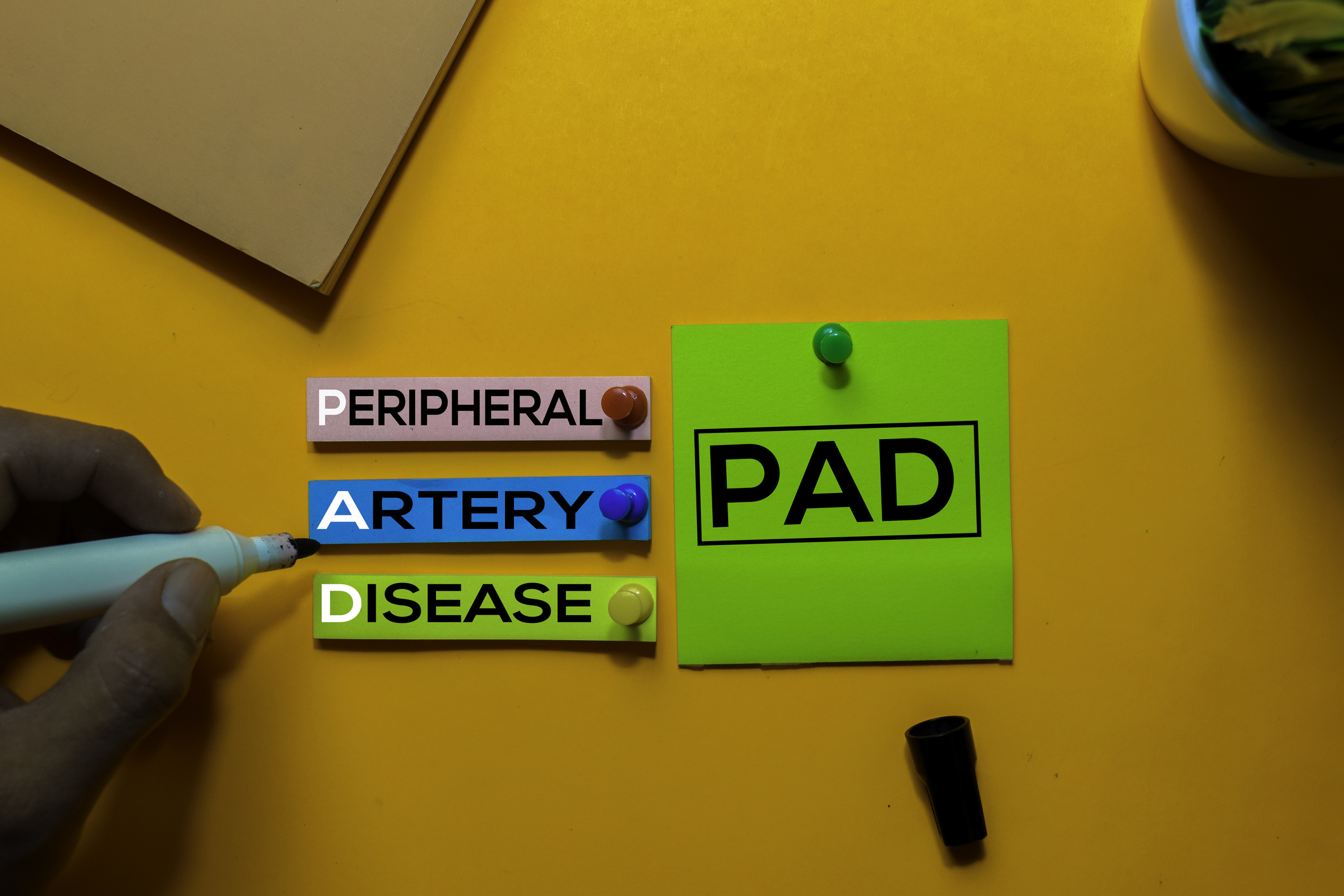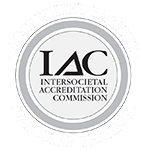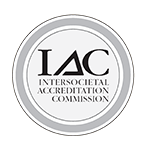
Peripheral Arterial Disease (PAD) affects over 8 million people and may exhibit in a variety of ways. As such, there are a number of different treatment options available. Unfortunately, general awareness of PAD is low with only 25% of those patients affected being diagnosed and treated, mainly due to a lack of proper diagnosis.
The good news is that through candid discussions with your vascular doctor along with simple noninvasive tests, PAD can be detected and treated.
Patients who are diagnosed with PAD are generally divided into two groups - those with intermittent claudication and those with critical limb ischemia (CLI). Intermittent claudication is defined by leg pain and cramping that occurs with walking and/or exercise and is relieved with rest. CLI is manifested by pain at rest, non-healing wounds, or gangrene. It is the most severe form of lower extremity circulatory problems. Both groups of patients reflect lower extremity atherosclerotic occlusive disease, however there are major differences in treatment options and outcomes after treatment.
PAD Lifestyle Treatment Options
PAD and atherosclerosis are systemic disease processes and therefore initial treatment begins with lifestyle management and risk factor modification. This is especially important in patients who may be diagnosed with asymptomatic PAD, as early management and treatment may limit the progression of atherosclerotic disease.
Stop Using Tobacco
If you use tobacco or vaping products, simply stop! Smoking cessation has been shown to reduce the progression of lower extremity symptoms from PAD as well as any progression from claudication to the severe forms of CLI. Even more importantly, smoking cessation has been associated with reducing overall risk of fatal heart attacks and death. Even more importantly, it has been shown to increase overall well-being!
Diabetic/Blood Pressure/Cholesterol Management
Management of medical conditions such as diabetes, high blood pressure, and high cholesterol are mainstays of first line treatment options for PAD. For diabetic patients, compliance with medications and maintaining a hemoglobin A1c of less than 7% is the current standard goal of therapy. Current guidelines recommend a blood pressure of less than 140/90 in high risk groups that include patients with PAD. Total cholesterol levels should be maintained at less than 200 mg/dL with LDL cholesterol levels ("bad" cholesterol) less than 100 mg/dL.
Useful Medications
In addition to medications that help treat diabetes, other medications such as aspirin and statins, have been proven to be vital in the non-surgical management of PAD. Regularly scheduled follow-up appointments with your primary care physician are essential to help oversee the treatment of these conditions.
Exercise Regimens
Along with medical management, a dedicated and structured exercise-walking regimen has shown benefits in treating PAD patients, especially those who experience intermittent claudication. Beyond the improvement in symptoms, an aerobic exercise regimen reduces overall cardiovascular risk by lowering cholesterol and blood pressure as well as improving blood sugar control.
PAD Surgical Treatment Options
When symptoms of PAD persist or worsen despite smoking cessation, compliance with medical management, and following a dedicated walking regimen, more invasive options may become part of the treatment plan. Discussion with your vascular surgeon, who may perform further tests and imaging, is imperative when deciding which intervention is best.
Options may consist of minimally-invasive procedures called angioplasty where small balloons and stents are used to help open areas of narrowed or blocked arteries.
If the area of blocked circulation is not amenable to minimally-invasive intervention, angiograms may still be helpful in allowing your vascular surgeon to visualize the severity of the disease. He or she may then have more detailed knowledge for other surgical options, such as an open-bypass procedure.
There are many options for the management of PAD — the most common of which at The Cardiovascular Care Group involves lifestyle modification and a walking exercise program. We reserve intervention for those patients who fail to improve with more conservative measures. Evaluation with a vascular surgeon is essential in the initial diagnosis and management, so if you have concerns about your health please schedule time today for a consultation.








